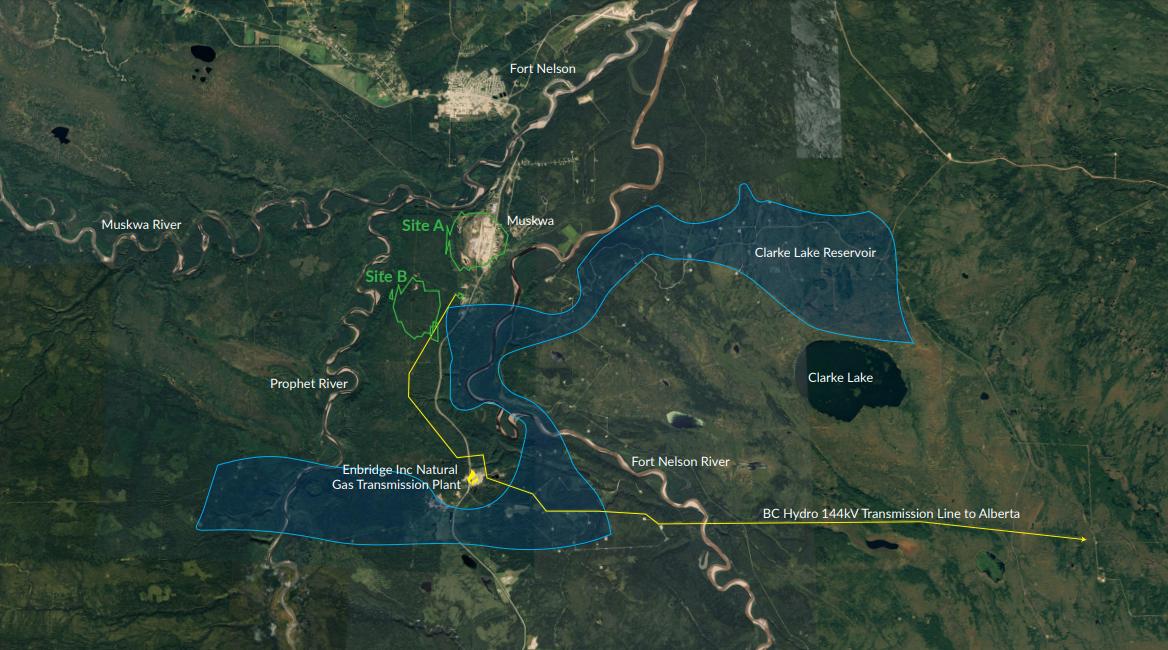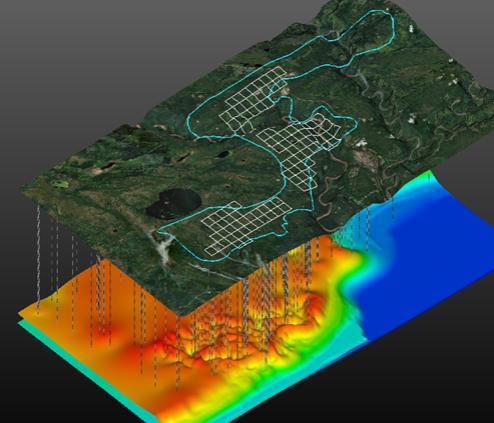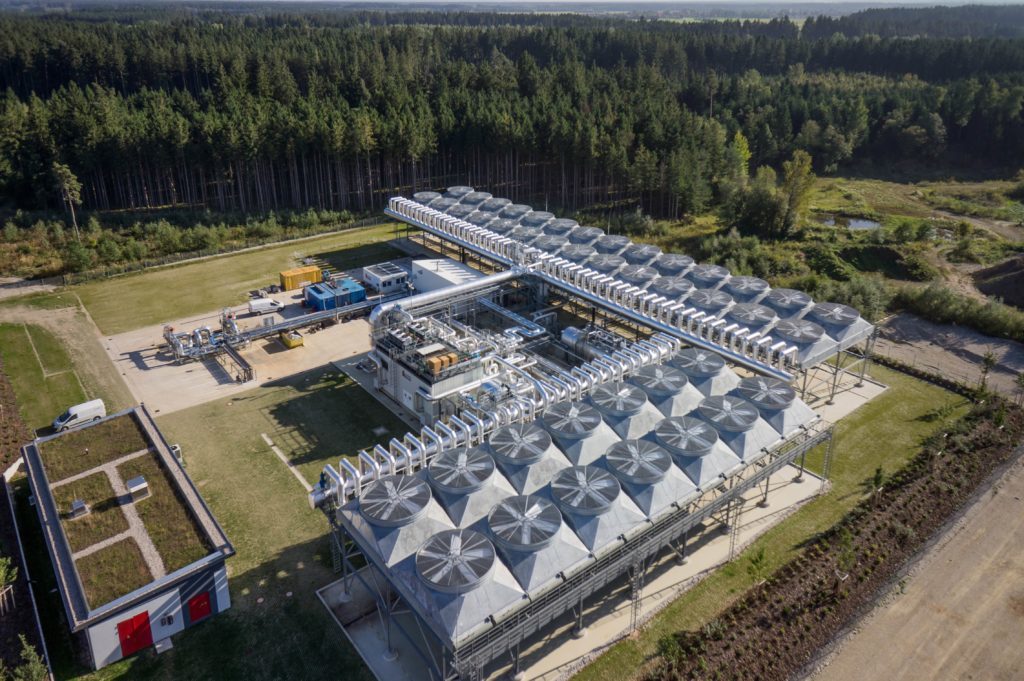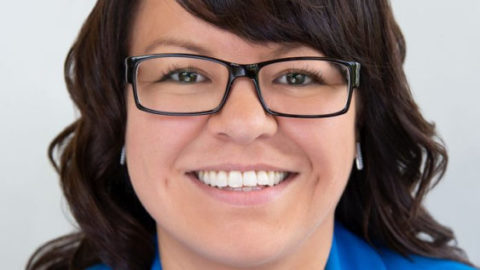It’s a natural energy source that most people are familiar with every time they slide into a steamy hot spring.
Such pools, which have been used for bathing since paleolithic times, are heated by geothermal energy that ascends from the earth’s core toward the earth’s surface. And now two British Columbia First Nations are hoping to harness that ancient power to create a more resilient and diversified economy for a region that is struggling with a long-depressed natural gas industry.
Chief Sharleen Gale of Fort Nelson First Nation believes the 100 per cent Indigenous-owned Clarke Lake geothermal project in northeast B.C. will be an opportunity to repurpose some of the nation’s aging natural gas infrastructure — which is nearing the end of its lifespan — to reinvigorate the region’s economic health.
Using local expertise and labour to develop, build, and operate the $95-million project Gale sees the initiative as her nation’s only sustainable path to a long-term energy transition. The project aims to be in service by 2024.
This development utilizes expertise and equipment available from the Canadian oil and gas industry. It is anticipated that the work proposed for development in 2020 alone will require 2,500 worker days. As such, the Clarke Lake Geothermal project located in one of the most economically depressed corners of British Columbia offers the perfect stimulus project for both the oil and gas industry and for COVD-19 response.
“We are creating an economy that not only recognizes our current needs, but one that looks seven generations into the future,” Gale says of the potential for sustainable development in the region.

Gale has travelled around the world promoting her Nation’s economy and tourism sector and is not looking to swap one industry for another. Rather, she is looking to create an economy that is less dependent on a single industry as has been the case in the past. This is why Fort Nelson First Nation along with its project partner Saulteau First Nations are looking to Clarke Lake geothermal for the region’s next major opportunity.
“This First Nations-led economic development initiative is an example of what First Nations are capable of and have to offer in the spirit of reconciliation – we’re creating local solutions that work for our First Nations, that benefits all,” says Gale
The Fort Nelson First Nation territory, which is roughly the same area as Switzerland, is known to have a much higher than average thermal gradient, meaning hot ground temperatures are available closer to the surface than in most places in Canada. This make the industrial development of geothermal energy a perfect fit for the region, says project manager John Ebell.

Ebell, of Barkley Project Group, is no stranger to Indigenous renewable projects, working on many others in British Columbia. He says Clarke Lake will produce 6-15MW of electricity, which will be sold to BC Hydro through an existing power purchase agreement held by the project partner Saulteau First Nation. The Fort Nelson Region is isolated from the BC electrical grid and is currently serviced by approximately 7 MW of gas fired generation, says Ebell.
Excess geothermal energy is available in the region to power other industrial uses such as natural gas facilities, forestry processing and agriculture. It is anticipated this will lower the carbon footprint of the region while enhancing economic development.
Not only will there be stable financial benefits for the project partners but Clarke Lake geothermal development will help address a long-standing issue for these remote communities – food insecurity, says Gale.
Using heat capture technology, the excess heat from Clarke Lake geothermal electrical generation will be available to power year-round greenhouses, which can grow produce, which otherwise must be imported at a premium. In fact, enough heat is potentially available to explore major industrial greenhouse production with the ability to export produce out of the region.

Gale has been an outspoken advocate for First Nations’ participation in industry with her latest focus being for electricity generation and infrastructure, which has been a large part of her advocacy as chair the First Nations Major Project Coalition (FNMPC).
Executive Director of the FNMPC, Niilo Edwards, says that Clarke Lake demonstrates the power of partnership between First Nations in pursuit of stable and diverse economies.
“Electricity, in general, is a huge opportunity to expand the reach of Canada’s First Nations’ economies as they provide very reliable rate-regulated returns that create stability for First Nations,” says Edwards
FNMPC, which now has a membership of 67 First Nations across five provinces and the Northwest Territories, has provided Fort Nelson First Nation with advisory services in the development of the project.
Fort Nelson First Nation has a long history of working in the natural gas industry and according to the Canadian Energy Centre’s latest fact sheet is one of 40 Nations who support responsible and sustainable development associated with this industry, which has had no Nations who have rejected this type development and industry participation in British Columbia.
Gale looks at the 129 Ontario First Nations who purchased 2.4 per cent of Ontario’s Hydro One as a model to look at as Canada starts on the long recovery from COVID-19. The pandemic has taken a toll on every Canadian, but its impact on First Nations, Gale says, has been even more significant, further isolating them from both society and the national economy.
“We need to play a constructive role in rebuilding the economy for everyone’s benefit, and we must focus on improving the outcomes for major projects in Canada through co-development of projects like the Clarke Lake Geothermal Project.”
Fort Nelson First Nation is located 380-kilometres north of Fort St. John in the most northeastern corner of B.C.
